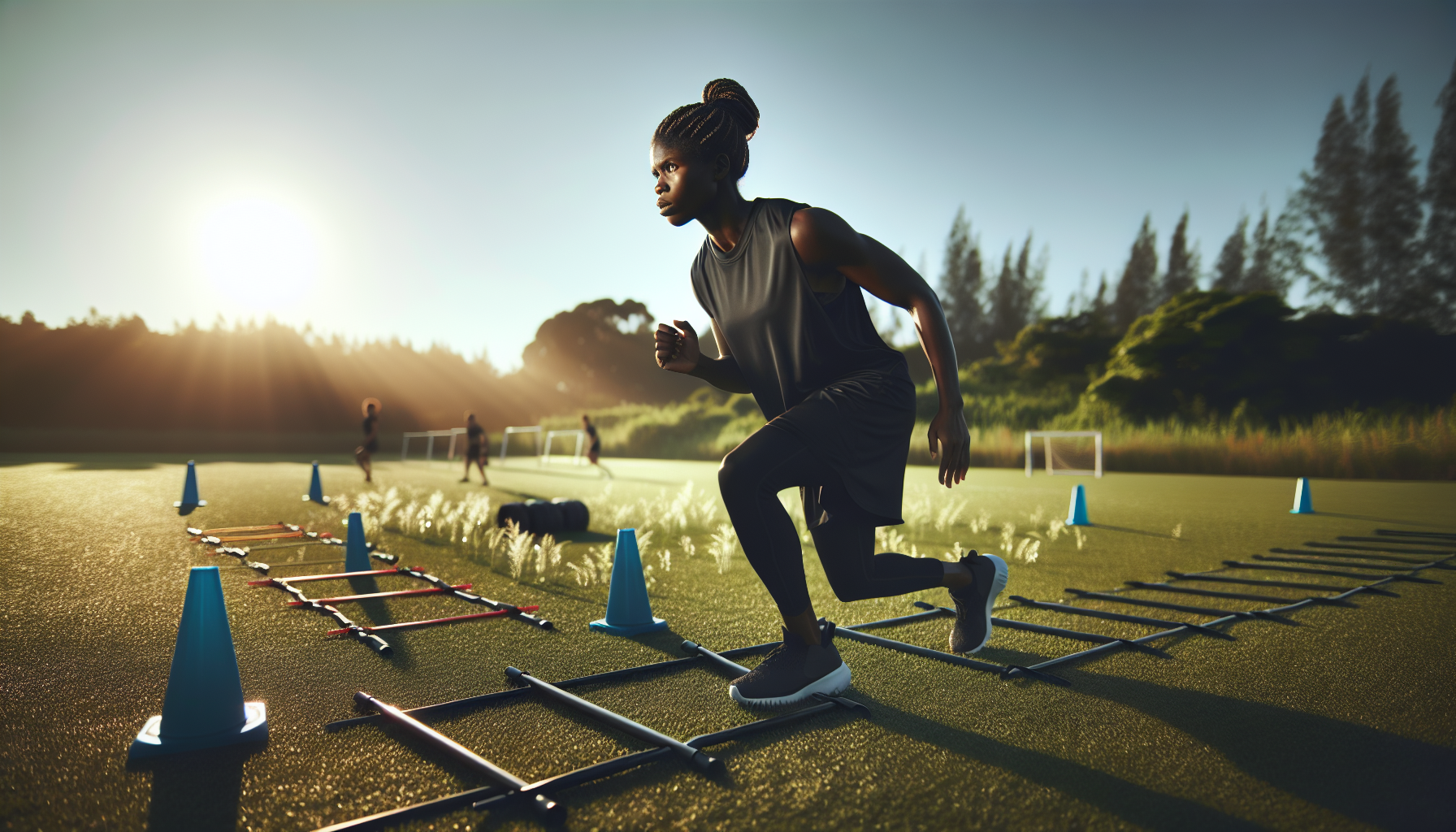Athletic performance is not solely about the strength, speed, or endurance an athlete possesses. It’s also critically dependent on their ability to move freely, with a full range of motion and without restriction. This is where mobility drills come into play, serving as a cornerstone for both amateur and professional athletes aiming to enhance their physical capabilities and prevent injuries.
What is Mobility?
Mobility refers to the ability of a joint to move actively through a range of motion. Unlike flexibility, which is the passive stretching of muscles, mobility is an integrated, dynamic motor control skill that allows for movement within the sphere of the body’s structural and functional constraints.
Why Mobility Matters
Improved mobility aids in the performance of complex movements required in various sports, enhances muscle synchronization, and assists in maintaining proper posture and alignment. Athletes with good mobility are able to execute movements with greater efficiency and are less likely to suffer from overuse injuries.
The Science Behind Mobility Drills
Mobility drills often involve dynamic stretching, which is the active movement of a muscle that gently takes it to the end of its range of motion, improving flexibility and warming up the muscles simultaneously. This form of stretching is preferred before workouts or competitions because it reduces muscle stiffness, which is associated with an increased risk of muscle tears.
Linking Mobility to Overall Fitness
Incorporating mobility drills into a fitness routine is a holistic approach to health and performance. As outlined on Avix Health’s fitness page, a well-rounded fitness program includes strength, endurance, balance, flexibility, and mobility. All of these components are interrelated and contribute to the overall athletic prowess and health of an individual.
Mobility and Injury Prevention
One of the primary benefits of mobility drills is injury prevention. By allowing an athlete’s body to move correctly through a full range of motion, the stress on joints and muscles during high-impact activities is reduced. This is crucial for longevity in sports and maintaining a high level of performance throughout an athlete’s career.
Practical Mobility Drills and Their Benefits
Dynamic Leg Swings
Leg swings are a simple yet effective mobility drill that enhances hip flexibility. This drill can lead to improved stride length in runners and higher kick range in martial artists or soccer players.
Thoracic Spine Rotations
These rotations are essential for sports that require twisting movements, such as golf or tennis. They enhance the rotational capability of the upper back, contributing to a more powerful swing or stroke.
Deep Squat Hold
The deep squat hold is a fundamental mobility exercise that targets the lower back, hips, and ankles. This is particularly beneficial for sports requiring a strong and stable squat position, such as weightlifting or wrestling.
Incorporating Recovery and Nutrition
After performing mobility drills, it’s essential to focus on recovery and nutrition to maximize the benefits. Recovery Nutrition: What to Eat Post-Workout provides insights into the best foods and nutrients to consume for optimal recovery, ensuring that the body repairs itself effectively after intense mobility training.
Advanced Mobility Workouts
For those looking to expand their mobility routine, exploring The Science of Bodyweight Training Effectiveness can provide additional exercises that enhance mobility through bodyweight movements. These exercises can be modified to suit various levels of fitness and mobility.
Measuring Progress
As with any training program, it’s important to measure progress. How to Measure Fitness Progress Effectively offers strategies to track improvements in mobility, such as increased range of motion or decreased discomfort during movement.
External Resources Supporting Mobility Training
In addition to the resources provided by Avix Health, several external websites offer valuable insights into mobility training:
- The Functional Movement Systems (FMS) website provides in-depth information on assessing and developing mobility for injury prevention and performance enhancement.
- MobilityWOD (The Ready State), founded by Dr. Kelly Starrett, offers a comprehensive library of mobility exercises and educational content to improve movement and athletic performance.
- The GMB Fitness (GMB.io) website focuses on bodyweight exercises and mobility work to build strength and flexibility for real-world physical activities.
Conclusion
Mobility drills are a critical aspect of any athletic performance program. They enable athletes to move more efficiently, reduce the risk of injury, and perform at higher levels. By incorporating dynamic stretching exercises, targeting specific joints and muscles, and ensuring proper nutrition and recovery, athletes can fully realize the benefits of improved mobility.
In the realm of sports and fitness, mobility is not just about achieving better performance; it’s about cultivating a body that can withstand the demands of intense physical activity and continue to function optimally in everyday life. Whether you are an elite athlete or a fitness enthusiast, the inclusion of mobility drills in your routine is a game-changer for your athletic journey.



